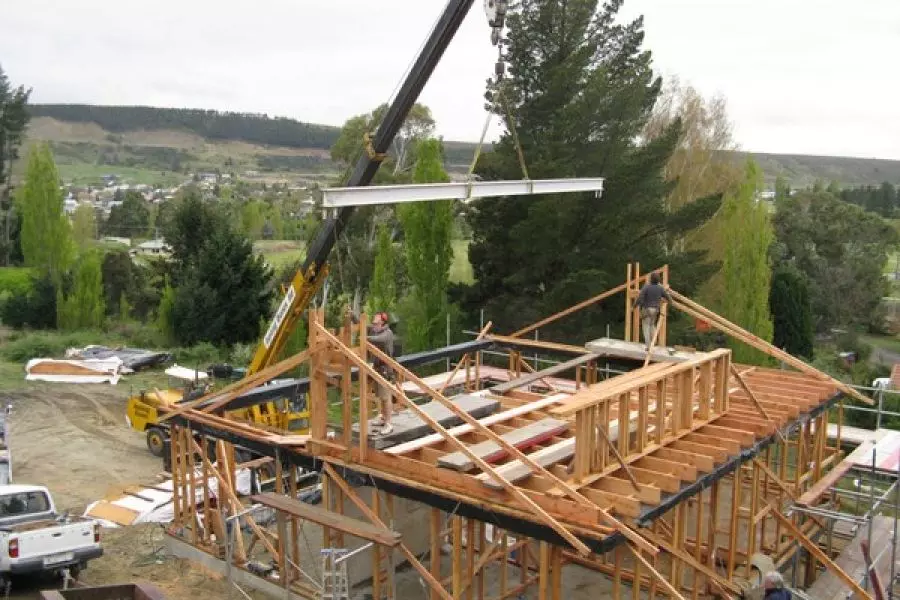News
Challenges ahead for Govt build project

Thursday 18th of May 2017
Social Housing Minister Amy Adams announced that the construction of 100 new homes on land in Mt Albert, which was previously intended for roading, has got underway today.
She said the New North Road development is part of the Government’s new Crown Building Project and that 50% of the houses in it will be priced in the affordable range for Auckland.
The Crown Building Pro...
Want to read the full article?
Click the button below to subscribe and will have unlimited access to full article and all other articles on the site.






![[The Wrap] Bye Bye Bayly](https://goodreturns.publit.io/file/c_fill,w_900,h_600/39f23ac1-f7c7-4854-b700-a150004ebbac.webp)


